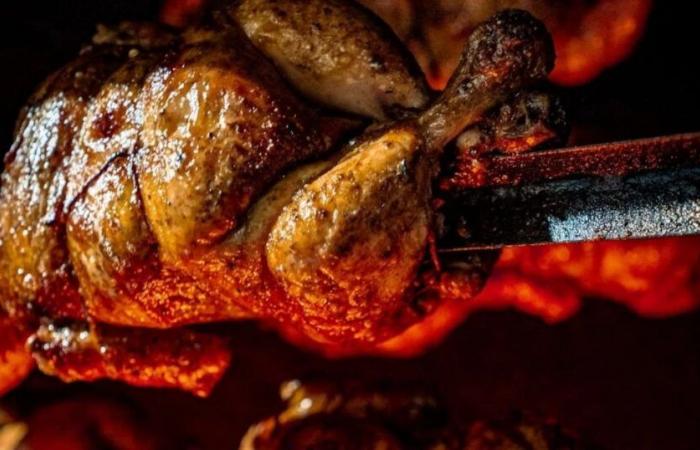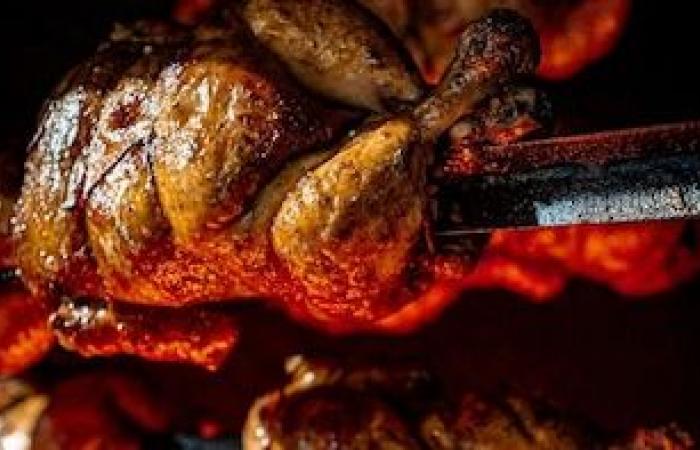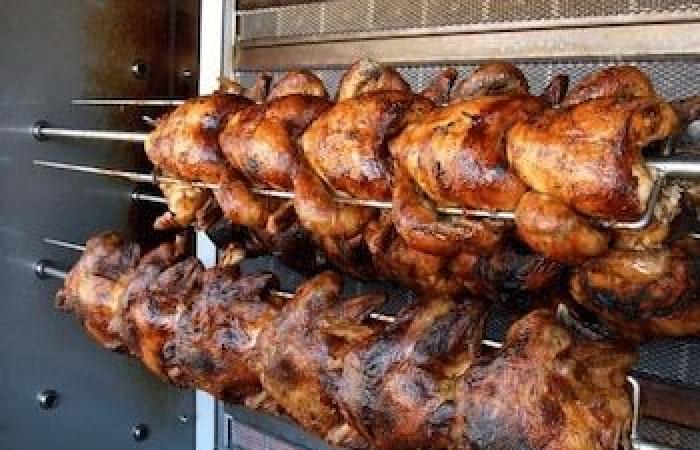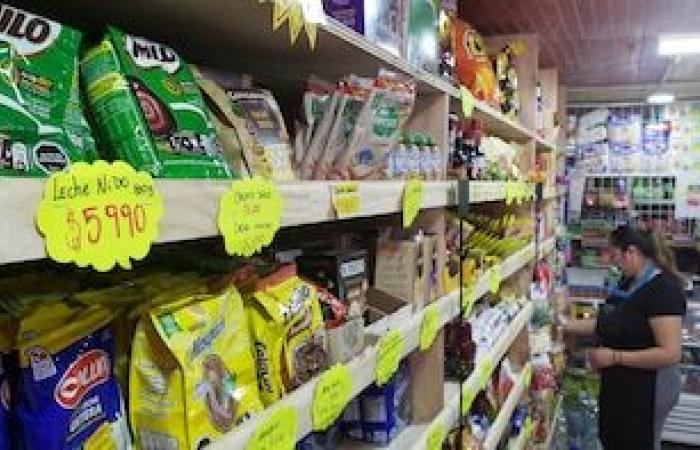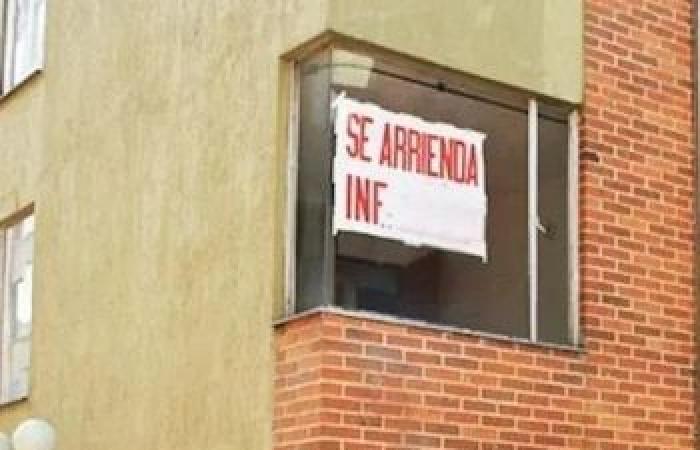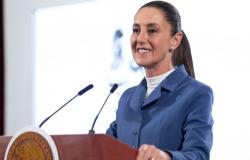Medellín and Cartagena led the list of cities with the most expensive roast chicken in the country, according to the recent roast chicken index corresponding to April 2025.
This indicator that performs the economic environment The Republicseeks to anticipate the behavior of the consumer price index (CPI), through monitoring the cost of roasted chicken.
Now you can follow us in Facebook and in our WhatsApp Channel.
In his sample signs that inflation continues to decelerate himself for the second consecutive month, according to the media.
Only one day that the National Administrative Department of Statistics (DANE) publishes the official data of the CPI, the roasted chicken index suggested a new decline in inflation.
The report revealed a 6% decrease in the annual variation between April 2024 and April 2025. In addition, compared to March, the average price of the chicken fell by 12%.
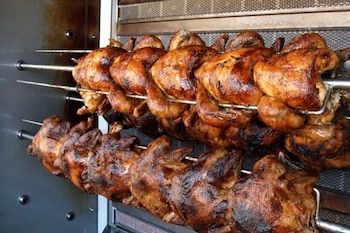
“The prices of a product as common in the market as chicken come in descent, which reveals a panorama in favor of inflation control,” said the current report.
In the breakdown by regions, Medellín positioned itself as the city where it is more expensive to buy a roast chicken, with an average value of $ 42,840.
They are followed by Cartagena ($ 41,260) and Bogotá ($ 41,130). In contrast, Tunja recorded the lowest price ($ 29,990), followed by Cali ($ 36,700), Villavicencio ($ 36,800) and Cúcuta ($ 40,120). These data allow to foresee how the CPI could behave at the regional level.
Corficolombiana, in turn, estimated that the monthly variation of the CPI in April would be 0.48%, a figure that “would allow a deflationary process, since, annual inflation would be slowed to 4.97%.”
The firm also projected What foods and services will be the main taxpayers to this fall, while regulated goods will continue to press up.
According to its estimates, the CPI in services would fall to 6.12% per year, while in food it would drop up to 4.35%. However, the item of goods would present an annual increase of 1.10%, due to the increase in the prices of “vehicles, personal hygiene and pharmaceutical products”.
As for regulated goods (whose prices are regulated by the states), the prognosis is that they reach 6.44% per year, with an increase of 14 basic points. This behavior would be driven by the increase in “electricity and gas” rates.
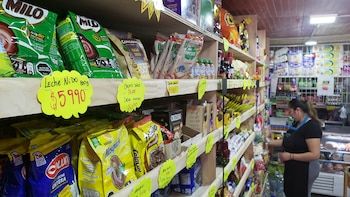
Experts such as Jackeline Piraján, main economist of Scotiabank Colpatria, who was interviewed by The RepublicThey link part of the inflationary behavior to the seasonality of April.
“We are projecting an inflation of 0.5% monthly that would allow the annual to drop from 5.09% to 5%. In April, because it is a Holy Week period, we hope that food has a relevant contribution and close to that of March,” he said.
The economist also pointed out that “accommodations and public services will continue to be the segments that make the highest contribution to the IPC”, although the latter could experience more moderate inflation compared to previous months.
In addition, he warned that “items such as restaurants and hotels would also contribute to inflation because of Holy Week.”
From Bogotá Bank, the Director of Research, Camilo Pérez, said in an interview with the specialized environment a slightly pessimistic vision.
“We are waiting for a result of around 0.52% monthly. This is a bit above the consensus of the analysts. We are with that upward bias on behalf of the food theme, which we have seen with upward pressures“, said.
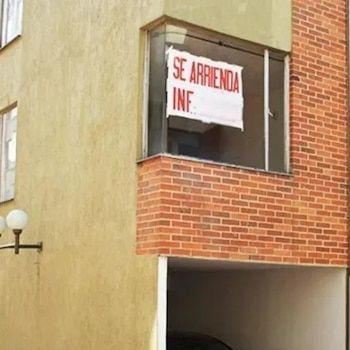
Pérez also warned about pressures in the rings within the housing segment, which could influence the behavior of the CPI.
However, he acknowledged that in terms of public services, “we do not see many pressures. What was observed before in segments such as gas was diluted, there could even be a reduction in that area.”

